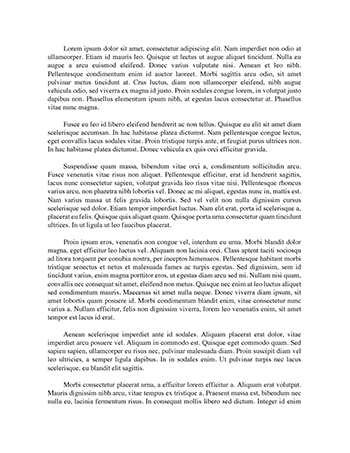Outline for an Essay on the Opioid Epidemic
I. Introduction
a. Overview of the opioid epidemic.
b. Brief history and how it evolved into a crisis.
II. The Scale of the Epidemic (500 words)
a. Statistics on opioid addiction, overdoses, and deaths.
b. The impact on various demographics and regions.
III. Causes of the Opioid Epidemic (600 words)
a. Over-prescription of painkillers and pharmaceutical companies' roles.
b. Economic factors and healthcare system issues.
c. Social and psychological factors contributing to addiction.
IV. Effects of the Opioid Epidemic (600 words)
a. On individuals (health, psychological impact, and....


